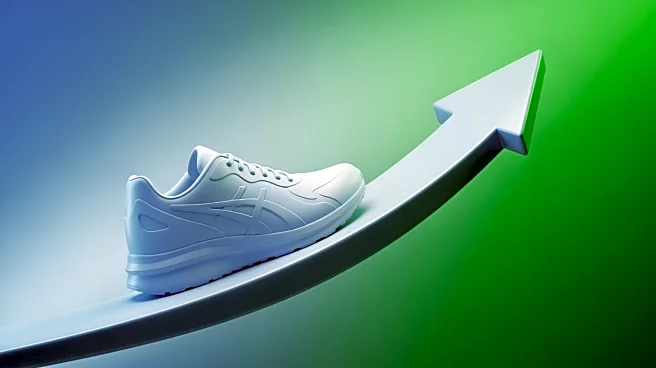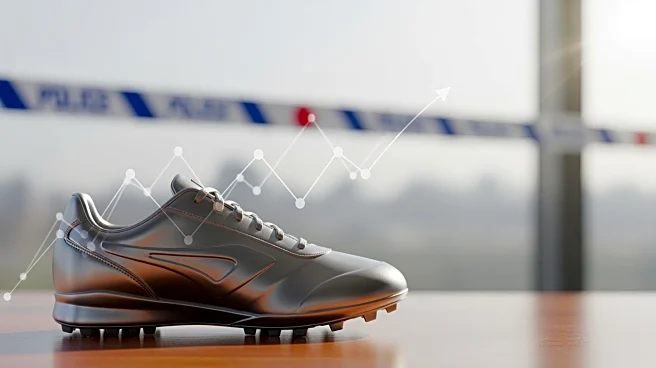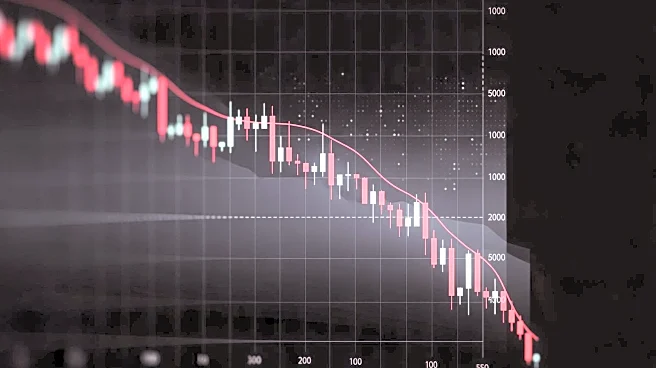What's Happening?
Wells Fargo has upgraded Nike's stock from equal weight to overweight, indicating a positive outlook for the sportswear company. Analyst Ike Boruchow raised the price target for Nike to $75, suggesting
a potential 17% gain from its current position. Boruchow noted that Nike's profits and losses are stabilizing, with a forecasted return to growth in the next 6-9 months. He anticipates Nike's revenue from classic footwear to decline from $11.5 billion this fiscal year to $9 billion in fiscal year 2026. However, Nike's non-classic footwear is expected to drive growth, supported by revamped silhouettes like Vomero and Peg.
Why It's Important?
The upgrade by Wells Fargo signals confidence in Nike's ability to overcome recent challenges and return to growth. This development is significant for investors and stakeholders in the sportswear industry, as it suggests a potential turnaround in Nike's financial performance. The anticipated growth in non-classic footwear could lead to increased market share and profitability for Nike, impacting competitors and suppliers. The stabilization of profits and losses may also influence investor sentiment and stock market performance, potentially attracting more investment into Nike.
What's Next?
Nike is expected to focus on expanding its non-classic footwear lines, leveraging the popularity of new silhouettes to drive sales. The company may also continue to address existing headwinds and optimize its business strategies to ensure sustained growth. Investors and analysts will likely monitor Nike's quarterly earnings reports and market performance closely to assess the effectiveness of these strategies. Additionally, Nike's efforts to stabilize its classic footwear segment could lead to further adjustments in product offerings and marketing approaches.
Beyond the Headlines
Nike's strategic shift towards non-classic footwear highlights the evolving consumer preferences in the sportswear market. This shift may influence other companies to innovate and diversify their product lines to meet changing demands. The focus on new silhouettes also underscores the importance of design and innovation in maintaining competitive advantage. As Nike navigates these changes, ethical considerations such as sustainable production and labor practices may become increasingly relevant, impacting brand reputation and consumer loyalty.











